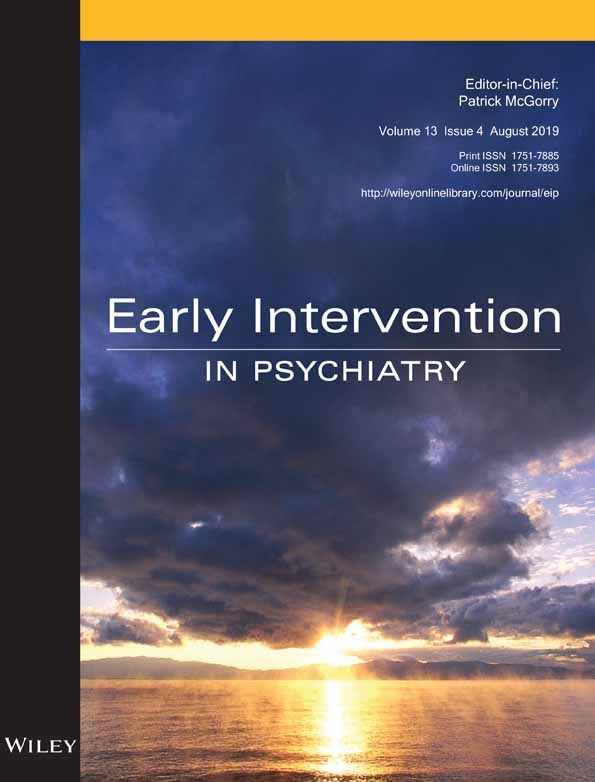Job- and schoolprescription: A local adaptation to individual placement and support for first episode psychosis
Abstract
Aim
Individual placement and support (IPS) for first episode psychosis (FEP) has proven effective for employment and education, but yields differing results across geographical regions. Local adaptations may be necessary for various reasons, such as regional differences in employment- and welfare services; in educational opportunities and job markets. The aim of this study was to investigate the efficacy of an adapted Norwegian intervention offering early IPS for education and employment to persons with FEP.
Method
Matched control (N = 66) study with a 1-year early IPS intervention and a 2-year follow up. A rating of fidelity to the IPS model was conducted.
Results
Fidelity was “good.” Adaptations to the model included the use of internships and flexible combinations of education and employment. Thirty out of 33 participants completed the intervention. Fourteen were in competitive employment >20 h/wk post intervention, compared to 2 in the control group. Fifteen participants were enrolled in education >20 h/wk, 10 of whom also had employment >20 h/wk and 3 < 20 h/wk, compared to 5 in the control group, with 2 having employment <20 h/wk on the side. Symptom levels did not predict outcome.
Conclusion
The School- and JobPrescription adaptation of IPS, allowing for temporary internships as a step towards obtaining the goal of paid competitive employment and facilitating flexible combinations of employment and education, showed encouraging results. These were however not sustained after closure of the intervention. At the 2-year follow up, Job- and SchoolPrescription advantages had waned, underscoring the point in IPS that support should be time-unlimited.




